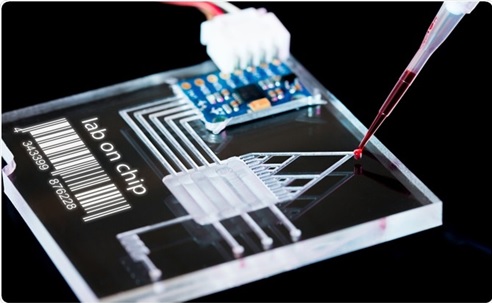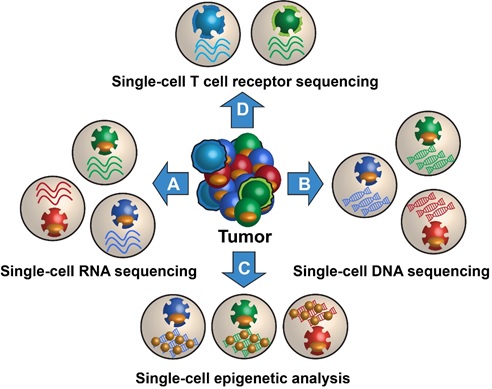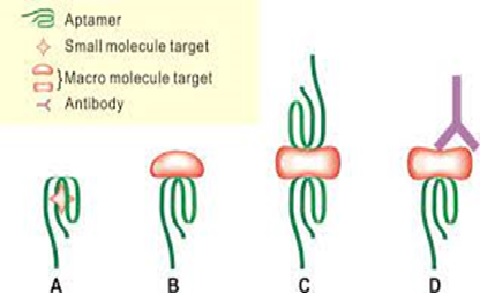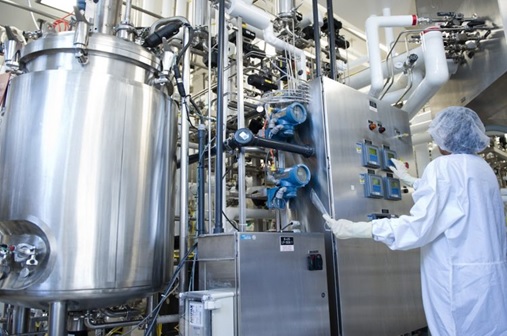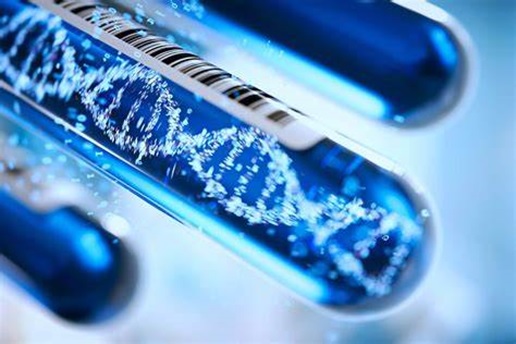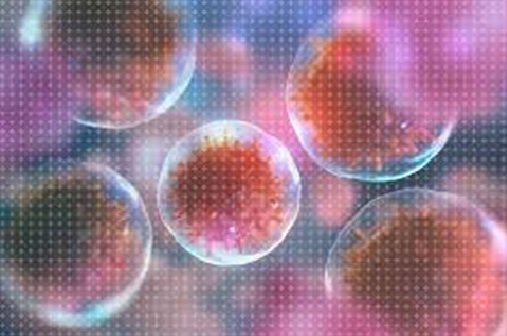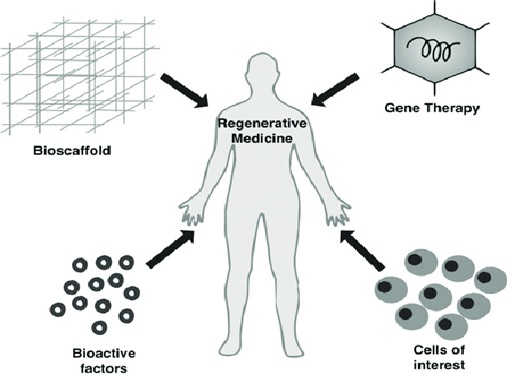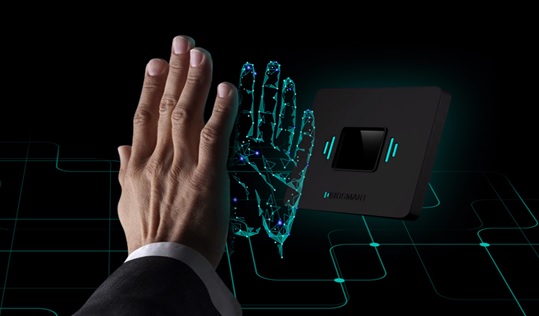- Home
- Future Technologies
- Biotechnology
-
Impact of Green Biotechnology
By : Nandhinidwaraka S, Green biotechnology deals with the use of environmentally friendly solutions as an alternative to traditional agricultural, horticulture, and animal breeding process...
-
Microfluidics
By : Thanusri swetha J, Microfluidics technology has been applied and adopted across many areas of science and technology over the last 20 years, revolutionising the way patients are diagnosed, monitored and treated...
-
Single Cell Technologies
By : Thanusri swetha J, Single cell technologies are becoming increasingly important tools in biological analysis. Complementing average measurements on bulk populations of cells...
-
Stem Cell Applications in Medicine
By : Thanusri swetha J, Stem cells are cells that have the potential to develop into many different or specialized cell types. Stem cells can be thought of as primitive, "unspecialized" cells that are able to divide and become specialized...
-
Strategies for Aptamer-Based Biosensors
By : Thanusri swetha J, Nucleic-acid aptamers have attracted intense interest and found wide applications in a range of areas. In this review, we summarize recent advances...
-
The DNA- Barcode Analysis
By : Nandhinidwaraka S, DNA is one of the most important elements in the human body because it contains every genetic information of an individual. Deoxyribonucleic acid...
-
The Future of Biomanufacturing
By : Thanusri swetha J, Biomanufacturing produces a wide range of biobased products for the emerging global bioeconomy. Biomanufacturing begins with bioprospecting – the discovery and commercialization of new products...
-
Features of Therapeutic Cloning
By : S Nandhinidwaraka, Cloning designed as therapy for a disease. In therapeutic cloning, the nucleus of a cell, typically a skin cell, is inserted into a fertilized egg whose nucleus has been removed...
-
The Genetic Screening and Testing
By : Thanusri swetha J, Genetic screening involves looking at a person's DNA to determine if he or she has any genetic indicators of disease. It may be motivated by the individual’s desire to rule out a potential future problem in his or her own life or in any present...
-
The Potential and Future of Cell Therapy
By : Thanusri swetha J, Cells are the building blocks of life and some cells (stem cells) have the ability to produce other cells through the processes of cell division and cell differentiation...
-
The Tissue Engineering and Regenerative Medicine
By : Nandhinidwaraka S, issue engineering evolved from the field of biomaterials development and refers to the practice of combining scaffolds, cells, and biologically active molecules into functional tissues...
-
The Uses of CRISPR for Human Genome Editing
By : Nandhinidwaraka S, In 1970, restriction enzymes were discovered which paved way for biologists to start experiments on manipulating mammalian genomes. CRISPR is a powerful technique for genome editing which has recently...
-
The Various Methods of Evapotranspiration
By : Nandhinidwaraka S, Evapotranspiration is the sum of evaporation from the land surface plus transpiration from plants. Evapotranspiration is the sum of evaporation from the land surface plus...
-
Benefits of Palm Vein Technology
By : Thanusri swetha J, Palm vein authentication is one of a modality of biometric authentications, and is classified as a physiological biometric authentication. It uses palm vein patterns, a vascular image of a person’s palm which can be seen as a kind of pattern...
-
Types of Greenhouse Sensors
By : Thanusri swetha J, Greenhouse, also called glasshouse, building designed for the protection of tender or out-of-season plants against excessive cold or heat. In the 17th century, greenhouses...



